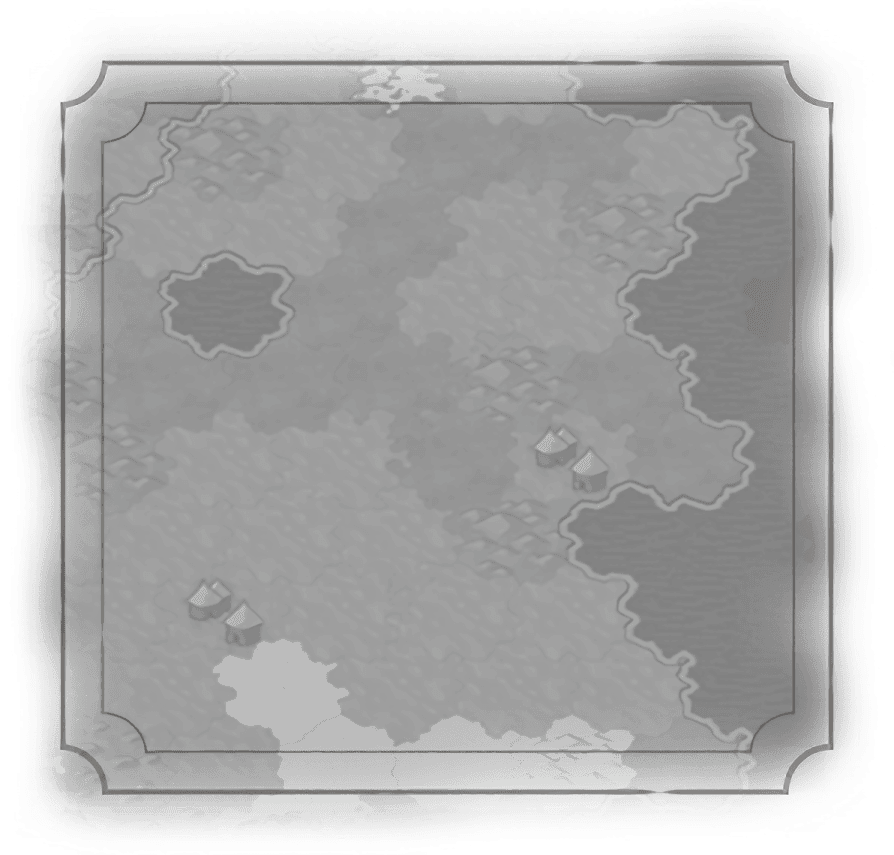Comandante General
Great Admiral
Great Artist
Amrita Sher-Gil
Andrei Rublev
Angelica Kauffman
Boris Orlovsky
Claude Monet
Donatello
Edmonia Lewis
El Greco
Gustav Klimt
Hasegawa Tōhaku
Hieronymus Bosch
Jang Seung-eop
Kamāl ud-Dīn Behzād
Katsushika Hokusai
Marie-Anne Collot
Mary Cassatt
Michelangelo
Qiu Ying
Rembrandt van Rijn
Sofonisba Anguissola
Titian
Vincent van Gogh
Wassily Kandinsky
Great Engineer
Great General
Great Merchant
Great Musician
Great Prophet
Great Scientist
Great Writer


Andrei Rublev
Historical Context
Most artists – given their lifestyles – don’t get canonized. But the Russian Orthodox Church made Andrei Rublev, considered the greatest icon-painter of all time, a saint in 1988.
Little information survives about the life of Andrei Rublev; it is known that he was born somewhere … likely the village of Sergiev Posad near Moscow, likely around 1370 AD. At some early period in his life, Andrei became a monk in the Spas Andronievski Monastery, perhaps shortly after the saintly Theophanes arrived there in 1395. Rublev never left, for all of his paintings – religious frescos and icons – are found in the vicinity of Moscow. The first actual record of him is in 1405 when he executed a number of panel paintings for the Blagoveschenski Sobor (Cathedral of the Annunciation) in the Moscow Kremlin. The few contemporary accounts that remain from his religious superiors describe him as being “unusually focused” and that “everything he created was a result of deep thoughts.”
It is impossible to devise a chronology for Rublev’s works, as the saintly icon painters never signed nor dated their paintings. Chronicles do hint that he painted the Assumption Cathedral in Vladimir around 1408, icons for the Zvenigirod churches, the miniatures in the Khitrovo Gospels, and the works in the Trinity Lavra around 1427. The only work truly authenticated, however, is the famed Trinity icon completed around 1410. Many of his works – such as the Deesis – were likely destroyed in the great Moscow fire in 1547. His style, marked by a sense of asceticism and harmony, was pronounced a model for church painting at the Stoglayi Synod in 1551. Andrei reportedly died in the Androikov Monastery in January 1430.
Little information survives about the life of Andrei Rublev; it is known that he was born somewhere … likely the village of Sergiev Posad near Moscow, likely around 1370 AD. At some early period in his life, Andrei became a monk in the Spas Andronievski Monastery, perhaps shortly after the saintly Theophanes arrived there in 1395. Rublev never left, for all of his paintings – religious frescos and icons – are found in the vicinity of Moscow. The first actual record of him is in 1405 when he executed a number of panel paintings for the Blagoveschenski Sobor (Cathedral of the Annunciation) in the Moscow Kremlin. The few contemporary accounts that remain from his religious superiors describe him as being “unusually focused” and that “everything he created was a result of deep thoughts.”
It is impossible to devise a chronology for Rublev’s works, as the saintly icon painters never signed nor dated their paintings. Chronicles do hint that he painted the Assumption Cathedral in Vladimir around 1408, icons for the Zvenigirod churches, the miniatures in the Khitrovo Gospels, and the works in the Trinity Lavra around 1427. The only work truly authenticated, however, is the famed Trinity icon completed around 1410. Many of his works – such as the Deesis – were likely destroyed in the great Moscow fire in 1547. His style, marked by a sense of asceticism and harmony, was pronounced a model for church painting at the Stoglayi Synod in 1551. Andrei reportedly died in the Androikov Monastery in January 1430.
Great Works
 Annunciation
Annunciation Saviour in Glory
Saviour in Glory Ascension
AscensionActivate at a district or wonder with an available Great Work slot.

Traits
Renaissance Era
Great Artist

Historical Context
Most artists – given their lifestyles – don’t get canonized. But the Russian Orthodox Church made Andrei Rublev, considered the greatest icon-painter of all time, a saint in 1988.
Little information survives about the life of Andrei Rublev; it is known that he was born somewhere … likely the village of Sergiev Posad near Moscow, likely around 1370 AD. At some early period in his life, Andrei became a monk in the Spas Andronievski Monastery, perhaps shortly after the saintly Theophanes arrived there in 1395. Rublev never left, for all of his paintings – religious frescos and icons – are found in the vicinity of Moscow. The first actual record of him is in 1405 when he executed a number of panel paintings for the Blagoveschenski Sobor (Cathedral of the Annunciation) in the Moscow Kremlin. The few contemporary accounts that remain from his religious superiors describe him as being “unusually focused” and that “everything he created was a result of deep thoughts.”
It is impossible to devise a chronology for Rublev’s works, as the saintly icon painters never signed nor dated their paintings. Chronicles do hint that he painted the Assumption Cathedral in Vladimir around 1408, icons for the Zvenigirod churches, the miniatures in the Khitrovo Gospels, and the works in the Trinity Lavra around 1427. The only work truly authenticated, however, is the famed Trinity icon completed around 1410. Many of his works – such as the Deesis – were likely destroyed in the great Moscow fire in 1547. His style, marked by a sense of asceticism and harmony, was pronounced a model for church painting at the Stoglayi Synod in 1551. Andrei reportedly died in the Androikov Monastery in January 1430.
Little information survives about the life of Andrei Rublev; it is known that he was born somewhere … likely the village of Sergiev Posad near Moscow, likely around 1370 AD. At some early period in his life, Andrei became a monk in the Spas Andronievski Monastery, perhaps shortly after the saintly Theophanes arrived there in 1395. Rublev never left, for all of his paintings – religious frescos and icons – are found in the vicinity of Moscow. The first actual record of him is in 1405 when he executed a number of panel paintings for the Blagoveschenski Sobor (Cathedral of the Annunciation) in the Moscow Kremlin. The few contemporary accounts that remain from his religious superiors describe him as being “unusually focused” and that “everything he created was a result of deep thoughts.”
It is impossible to devise a chronology for Rublev’s works, as the saintly icon painters never signed nor dated their paintings. Chronicles do hint that he painted the Assumption Cathedral in Vladimir around 1408, icons for the Zvenigirod churches, the miniatures in the Khitrovo Gospels, and the works in the Trinity Lavra around 1427. The only work truly authenticated, however, is the famed Trinity icon completed around 1410. Many of his works – such as the Deesis – were likely destroyed in the great Moscow fire in 1547. His style, marked by a sense of asceticism and harmony, was pronounced a model for church painting at the Stoglayi Synod in 1551. Andrei reportedly died in the Androikov Monastery in January 1430.
Traits
Renaissance Era
Great Artist
Great Works
 Annunciation
Annunciation Saviour in Glory
Saviour in Glory Ascension
AscensionActivate at a district or wonder with an available Great Work slot.



